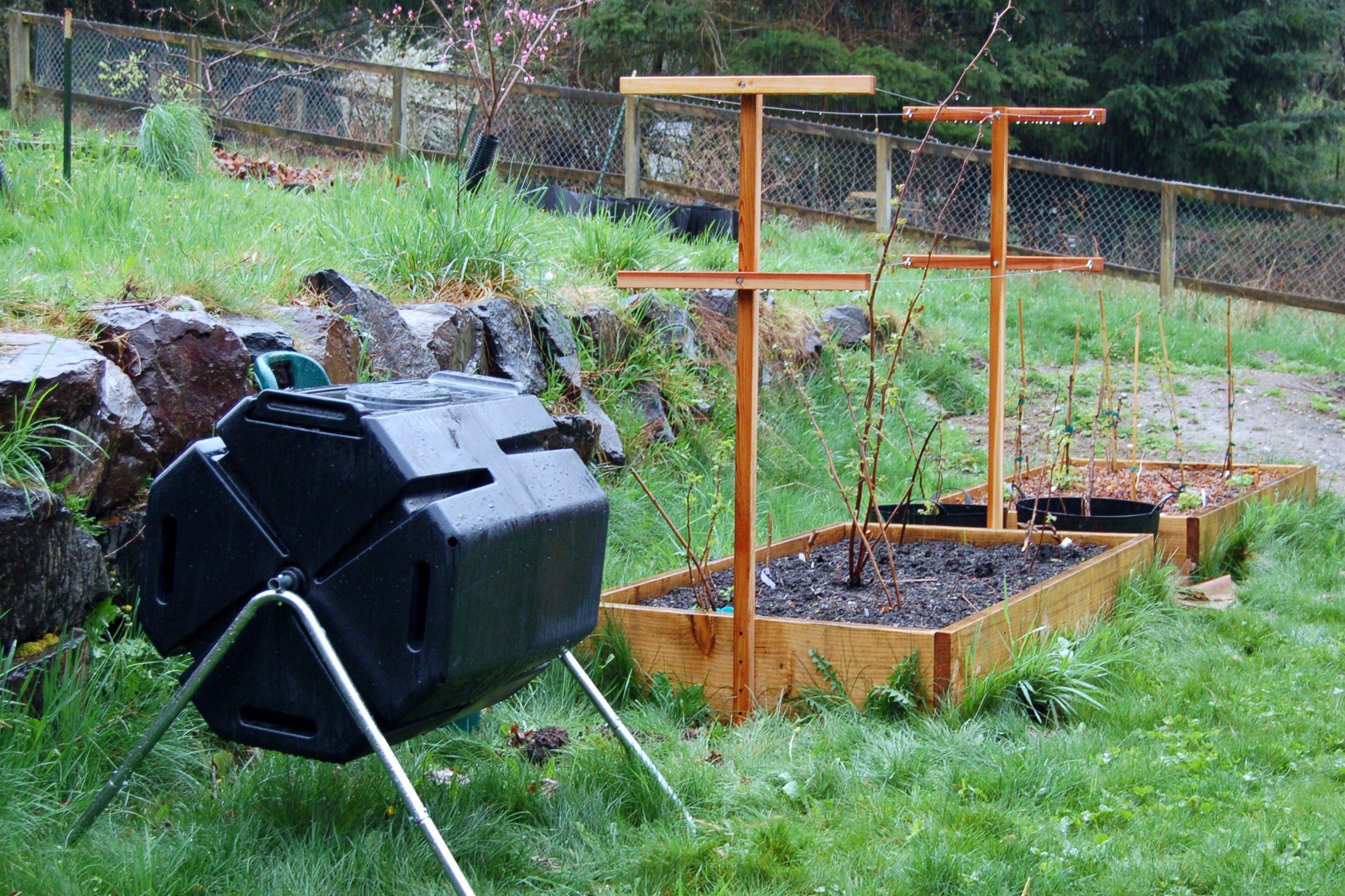Fresh raspberries from your yard are a tasty treat that are sweet and juicy. However, left to spread unchecked, raspberry canes can take over your garden. Planting raspberries in raised garden beds is a great way to keep them from growing too big while still getting lots of fruit.
Why Choose Raised Beds for Raspberries?
Raised beds provide many advantages for successfully growing raspberries
-
Containment – Keeps roots and canes from spreading invasively
-
Customized soil – Create the ideal growing medium raspberries love.
-
Good drainage – Prevents soggy soil that can lead to root rot.
-
Warmer soil – Early warming accelerates growth and fruiting.
-
Accessibility – Makes tending and harvesting easier.
-
Rodent protection – Stops gophers from disturbing roots.
-
Pest deterrent – Physical barrier helps protect from some pests.
-
Increased yields – Healthier plants produce more flavorful fruit.
Designing Your Raspberry Raised Beds
Consider the following when constructing raised beds for your raspberries:
-
Build beds at least 12 inches high to contain roots and prevent sprouting.
-
Optimal width is 4 feet for easy access. Length depends on space available.
-
Use rot resistant wood like cedar or galvanized metal for durability.
-
Add boards across the bottom to prevent bulging of side walls over time.
-
Include removable trellis panels on sides for training and support of canes.
-
Position beds in full sun with access to water and located away from invading tree roots.
Preparing Soil for Planting
Raspberries thrive best in loamy, well-drained soil with a slightly acidic pH between 5.5-6.5. Fill raised beds with a quality potting mix amended with:
-
Compost or peat moss to increase moisture retention
-
Perlite or vermiculite to improve drainage
-
Balanced organic fertilizer to provide nutrition
-
Dolomitic lime if soils are too acidic
Double dig beds to thoroughly blend amendments into the native soil. Test pH and adjust as needed before planting raspberries.
Selecting Raspberry Varieties for Raised Beds
Choose compact, self-pollinating raspberry varieties suited for containers:
-
Caroline – Very hardy everbearing red raspberry.
-
Heritage – Sweet, large red berries even in hot climates.
-
Joan J – Heavy yielding mid-season red with great flavor.
-
Polka – Early season red berry with high vitamin C.
-
Fall Gold – Yellow fruit in late summer and fall.
Planting and Supporting Raspberry Canes
Here are some tips for planting raspberries in raised beds:
-
Allow 3 feet between plants spaced in rows 3 feet apart.
-
Set bare root canes 1-2 inches deeper than they were in the nursery.
-
Place new canes near support trellis for easy training.
-
Water thoroughly after planting and weekly thereafter.
-
Mulch beds with 2-3 inches of organic matter to retain moisture.
-
Attach canes to wires on trellis using soft ties or clips as they grow.
Ongoing Care of Raised Bed Raspberries
To keep your raspberry raised beds healthy and productive:
-
Water 1-2 inches per week. Use drip irrigation or soaker hoses.
-
Feed monthly with organic fertilizer once buds emerge.
-
Prune out old floricanes after fruiting and trim primocanes to desired height.
-
Remove suckers between plants to prevent crowding.
-
Apply fresh mulch each spring and replace every 2-3 years.
-
Monitor for pests like spider mites, aphids, beetles and borers.
-
In late fall, hill soil or mulch up around canes to insulate for winter.
-
Remove and destroy any diseased foliage, canes or roots immediately.
Harvesting and Enjoying Your Raspberry Treats
-
Pick ripe raspberries when easily detached from receptacle.
-
Harvest every couple of days during peak production.
-
Gently place berries in shallow containers to avoid crushing.
-
Refrigerate harvested berries and eat within 2-3 days for best quality.
-
Freeze excess ripe berries laid in single layer on sheet pan.
-
Use fresh raspberries to make jams, pies, muffins, smoothies and more!
Raised garden beds offer the perfect solution for easily growing raspberries even in small spaces, allowing you to reap multiple seasons of sweet fruit. With proper care and maintenance, your raspberry patch will provide a productive and flavorful harvest for years to come.
Planting Raspberries in Our New Raised Beds! // Garden Answer
FAQ
Do raspberries grow well in raised beds?
How do you prepare a bed for raspberries?
How deep should a raspberry planter be?
What size planter box for raspberries?
Can raspberries grow in a raised bed?
This situation can be problematic because raspberries will fight for space with other plants. So the best way of avoiding this problem is to grow in a raised bed. The raspberry plants will grow in a limited area in the boundary of the raised bed and will not disturb other plants. 4- SOIL GET WARM QUICKLY
How to grow raspberries?
Soil is a medium for providing all the major organic materials to the plants. Amend your soil with all basic organic matters. The pH of the soil must be between 6.0 to 6.2 so the raspberries plant grows best. 3- LIMIT YOUR RASPBERRY PLANTS If you grow raspberries plants in the ground then the roots of the raspberries spread.
When can you plant raspberries in a raised bed?
For mild areas, raspberry plants can be planted in late autumn to give a head start. The potted plants can easily transplant in your raised bed after passing the last frost. Choose the best sunny location for your raised bed as raspberries like to grow in sunny spots.
How deep should a raised bed be for raspberries?
Before constructing a raised bed, determine what size bed you need to plant the desired number of raspberries. Your raised bed must be at least 20 inches (50 cm) deep to allow for raspberry root growth. Each raspberry plant needs at least 18 inches (45 cm) of space from planter walls and other raspberries.

